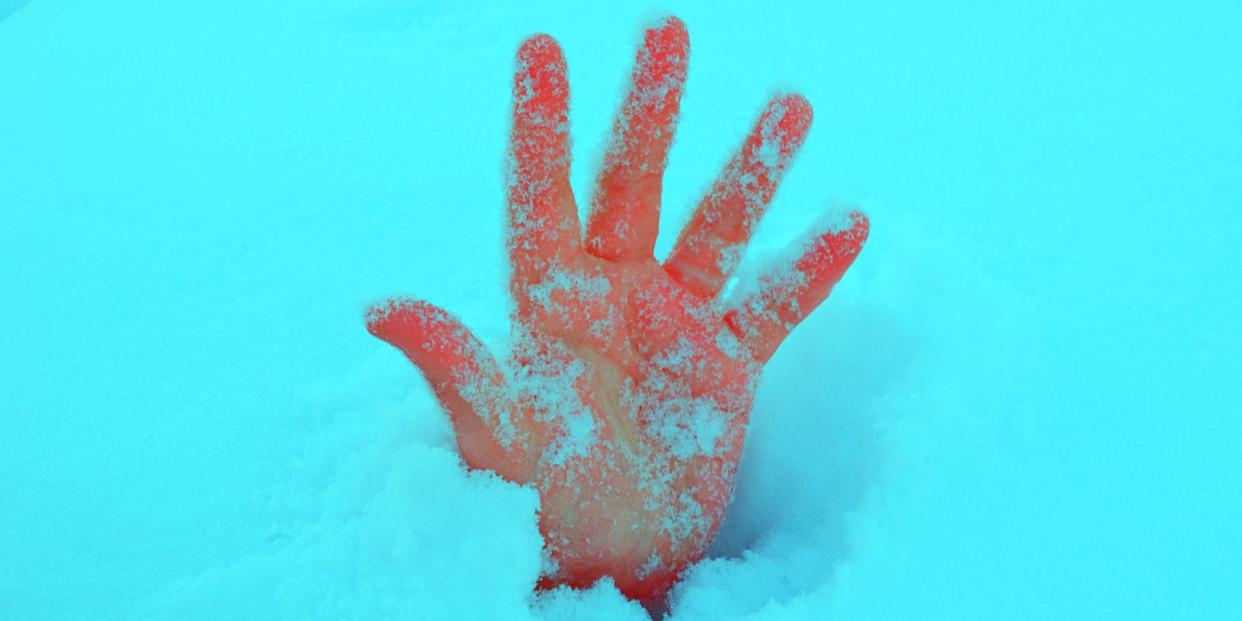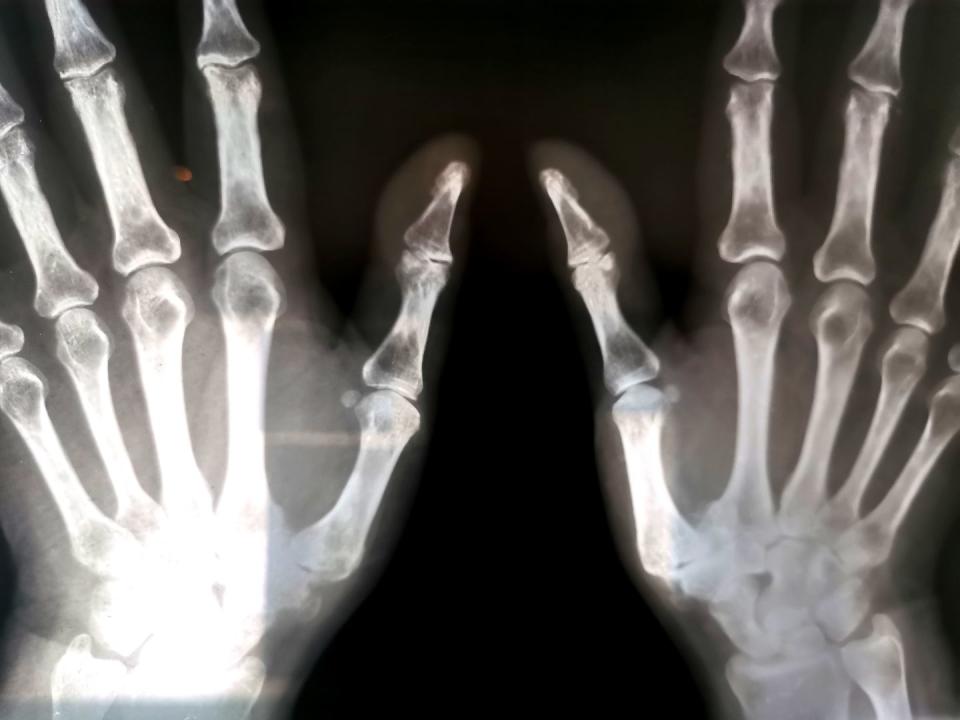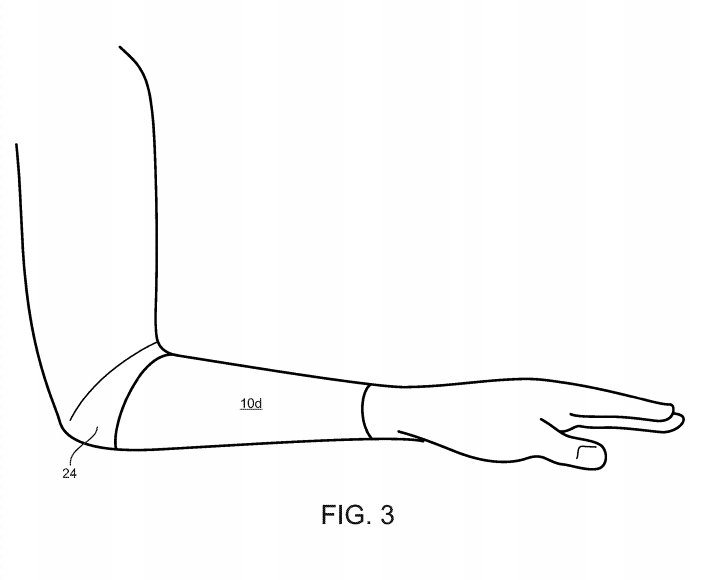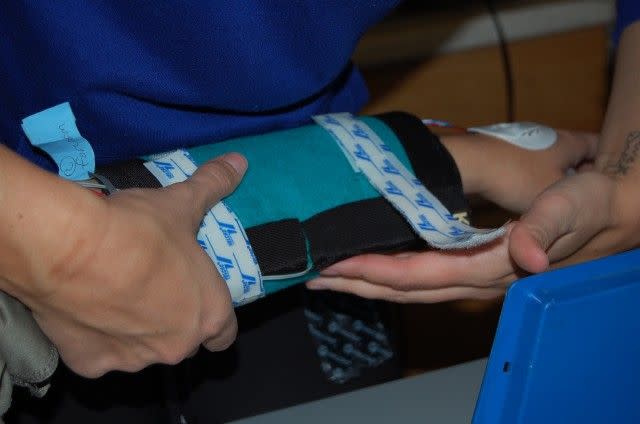The Army Found a Way to Keep Your Hands Warm Without Gloves

The U.S. Army Research Institute of Environmental Medicine (USARIEM) is in the process of engineering what it calls the "Personal Heating Dexterity Device" to help warm the hands and fingers in cold conditions.
Because hand coverings greatly reduce dexterity, the research team came up with a way to warm the hands without gloves.
The researchers tested forearm and facial warming devices in cold conditions to see if increased blood flow to those areas, above the hands, would also increase blood flow to the fingers (it did).
Civilians know how tough it is to send a text while wearing gloves. Now imagine soldiers trying to reload ammunition with a pair of thick gloves.
The U.S. Army Research Institute of Environmental Medicine (USARIEM) understands this problem and has been working on a solution for the past few years. Now the USARIEM is finally engineering a new product: a device that heats your forearms to increase blood circulation to your fingertips, all without gloves.
It's not magic—it's just science. John Castellani, the principal investigator of the project, is a research physiologist and an expert on cold weather. Most of his work at USARIEM has been on soldier performance and reducing injuries during cold-weather operations. He tells Popular Mechanics that one of the greatest complaints among those who work outside is the stiffness of their hands in the cold elements.
"Anyone who has ever tried to do anything with their hands and fingers in the cold knows that it is hard to do when wearing gloves, because that degrades dexterity 50 to 80 percent," Castellani says. "And taking off the gloves helps, but then the hands get really cold and cannot work well anymore because of the lack of blood flow to the fingers."
Why Do Our Fingers Get Stiff in the Cold?

The state-of-the-art technology that soldiers currently use to keep their hands warm is the same as in any other occupation: gloves or mittens. But that just won't cut it for those in the military who are loading ammunition, handling equipment, and treating others who are injured. The gloves restrict movement far too much to complete these tasks.
Castellani, who has been working with USARIEM on cold weather solutions since 1995, says our fingers get stiff in the cold because the harsh weather conditions have a direct impact on synovial fluid, or joint fluid, which fills the cavity between two bones and serves as a lubricant. Decreasing tissue temperatures, he says, impacts hand function in strength, power, mobility, and nerve conduction.
The biggest issue, though, is the lack of blood flow. "Warm blood coming from the core keeps the hands and fingers warmer," Castellani says. "One way to keep the hands warm is through vigorous activity; exercise will raise the core temperature, even in the cold, and that warm blood can keep the hands warm also."
Castellani says runners experience this in the cold, too. They begin wearing gloves but eventually take them off as their body heats during the exercise.
Improving Circulation

In 2018, Castellani and his team conducted a study to show heating parts of the body that are above the fingers—like the forearms or even the face—could improve blood circulation and therefore increase the temperature of participants' fingers as a result.
At the lab in Natick, Massachusetts, Castellani's team placed forearm and facial warming devices that resembled heating pads on eight test subjects. While inside a special environmental chamber that can simulate the cold—here, exactly zero degrees Celsius, the freezing point—the participants remained sedentary. Their fingers, on average, were between 10 and 11 degrees Celsius under those conditions. Once the heating devices were attached, Castellani and his team found that average finger temperature rose by about three degrees Celsius.
"The magic number we would like to get to is 15 degrees Celsius, which is a breakpoint finger skin temperature," he said. "But our three-degree increase improved dexterity about 50 percent, [which is] a good start."
The Personal Heating Dexterity Device

While coming up with a device concept, Castellani says he especially focused on reducing the power requirements for maintaining higher finger temperature. Scientists have been developing cold weather technology for various parts of the body for over 80 years, he says, but the technology isn't practical for operations. To wear any such devices, soldiers would have to carry along heavy power sources along with the rest of their load.
So the USARIEM researchers wanted to create something small and unobtrusive this time around. Castellani says they targeted forearm heating because it's "essentially just heating the tissue proximal to the hand." The scientists applied warming patches to the face because physiology says cooling the face causes constriction of the blood vessels that supply the hands and feet.
"We thought heating this area might trick the body into thinking it needed to move blood and heat there to dissipate heat," says Castellani. "It didn't prove so."
The final device, then, will only involve heating the forearms.
Now that the science has been proved, an engineer is working on putting the final iteration of the prototype together. It's too soon to say what the final product might actually look like, Castellani says—though the version pictured above really does look like a heating pad strapped to the arm. The biggest challenge is getting as much heat to the arm as possible without losing it to the environment, so that will be taken into consideration during the design process.
It'll be at least a few years before we start seeing the military using the personal heating dexterity device, but once it's introduced, Castellani expects a commercial version for civilians will follow shortly thereafter.
"There are many people who would like a product like this—line workers in the winter, construction workers, mechanics, winter athletes, [and] people who get really cold hands," he says.
Plus: Our Favorite Winter Work Gloves
You Might Also Like


